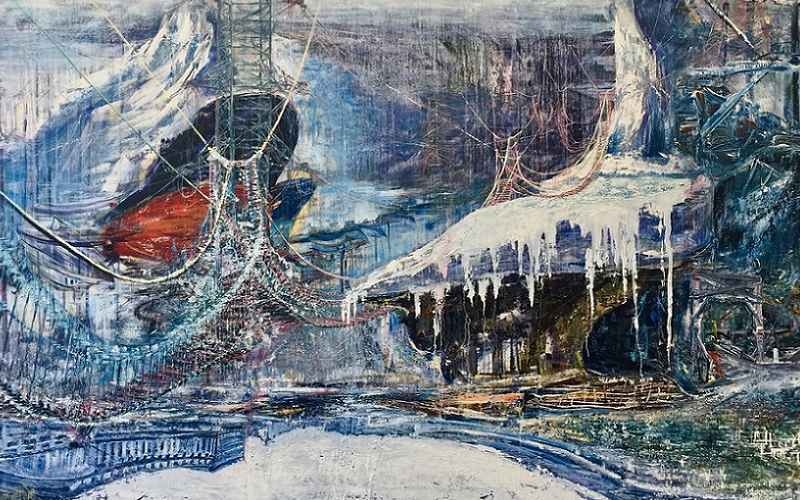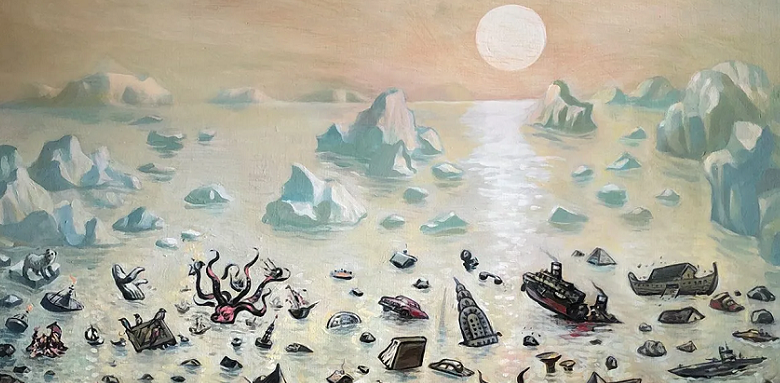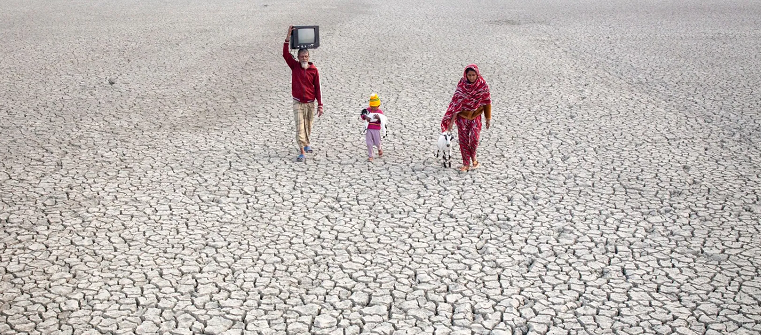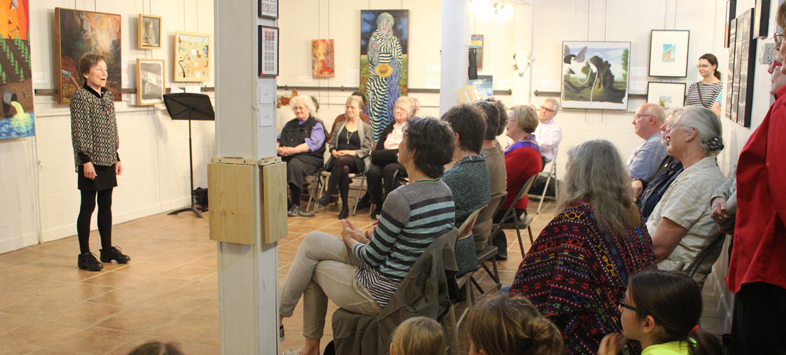
The effects of climate change and environmental degradation are becoming increasingly apparent around the world, and many artists are using their creative talents to respond to this urgent global issue. Through a variety of mediums and approaches, artists are working to raise awareness, inspire action, and spark conversation about the impact of human activities on the planet.
The Role of Art in Raising Awareness and Inspiring Action
Art has long been used as a tool for raising awareness and inspiring action on a wide range of social, political, and environmental issues. Whether through visual art, music, or performance, artists have the ability to connect with audiences in a way that can create empathy, foster understanding, and motivate change.
By shining a light on social injustices, political issues, and environmental concerns, art can help to educate and inspire people to take action in their own lives and communities. Art can be a powerful tool for creating a sense of solidarity and shared purpose, bringing people together around a common cause and motivating them to work towards a shared goal. This can be particularly important in times of social and political turmoil, when people may feel disconnected and disillusioned with the world around them.
Through their work, artists can offer a sense of hope, connection, and inspiration, encouraging people to work together to create a better world for themselves and future generations.

Artists Responding to Climate Change and Environmental Issues
Artists are increasingly using their talents to respond to the urgent issue of climate change and environmental degradation. Through a variety of mediums, including visual art, music, and performance, artists are working to raise awareness, inspire action, and spark conversation about the impact of human activities on the planet.
Their work can be powerful in humanizing the effects of climate change and environmental issues, making them more tangible and inspiring people to take action. Artists can play an important role in shaping public perception and policy around these issues, influencing the way that people think and talk about the environment.
By bringing attention to the often-abstract effects of climate change and environmental degradation, artists are helping to create a sense of urgency around these issues, motivating people to make meaningful changes in their lives and communities.
Artists responding to climate change and environmental issues are using their creative talents to communicate the urgency of these issues in compelling and engaging ways. They are working across a variety of mediums, such as photography, film, sculpture, and interactive installations, to create powerful and thought-provoking work that captures the imagination and sparks conversation.
One of the key benefits of this work is that it can be used to raise awareness and inspire action among a broad range of people, including those who may not be directly impacted by climate change or environmental degradation. By bringing attention to these issues, artists are helping to create a sense of urgency and encouraging people to think about the impact of their own actions on the planet.
The work of artists responding to climate change and environmental issues can play an important role in shaping public policy and opinion. By creating work that humanizes the effects of climate change, artists can help to influence the way that people think and talk about these issues, helping to build support for policies and initiatives that protect the environment and address the causes of climate change.

Examples of Artists Responding to Climate Change
There are many examples of artists who are responding to climate change through their work, using their creative talents to raise awareness and inspire action on this urgent global issue. Here are a few examples:
- Olafur Eliasson: Danish-Icelandic artist Olafur Eliasson is known for his large-scale installations that explore the relationship between nature and humans. His work often includes natural elements like water, light, and air, and is designed to create an immersive experience that encourages people to think about their impact on the environment.
- Zaria Forman: American artist Zaria Forman creates large-scale drawings of glaciers and icebergs that are melting due to climate change. Her work is designed to capture the beauty and fragility of these natural wonders, and to inspire people to take action to protect them.
- Ai Weiwei: Chinese artist Ai Weiwei has created a number of works that address climate change, including a series of sculptures made from the remains of trees that were destroyed by Hurricane Katrina. His work is designed to draw attention to the impact of human activities on the environment, and to encourage people to take action to protect the planet.
- Mary Mattingly: American artist Mary Mattingly creates installations and sculptures that explore the impact of climate change on our cities and communities. Her work often includes living plants and other natural elements, and is designed to encourage people to think about the ways in which we can live more sustainably and protect the environment.

Environmental Art Movements
Environmental art movements are a group of art practices that emerged in the 1960s and 1970s as a response to the growing environmental awareness of the time. These movements sought to engage with environmental issues in a more direct and critical way, and often involved artists creating works that were site-specific or that engaged with natural materials and processes.
Land Art, for example, involved artists creating sculptures and installations in natural environments, using materials like earth, rocks, and plants. Eco Art, on the other hand, focused more on the social and political dimensions of environmental issues, and often involved collaboration with communities and other stakeholders.
Both movements sought to use art as a means of engaging with the environment in a more meaningful way, and of encouraging people to think more critically about their relationship to the natural world. Today, these movements continue to inspire artists around the world, and have had a significant impact on the ways in which we think about art, the environment, and the intersection of the two.
The Power of Art to Create Change
Art has the power to create change in a variety of ways. Through its ability to communicate complex ideas and emotions, art can raise awareness of important social, political, and environmental issues, inspiring people to take action and effect change.
Art can also play a role in shaping public opinion and policy, encouraging people to think differently about important issues and influencing decision-makers to take action. Art can be used as a tool for building community and promoting social justice, bringing people together around a common cause and inspiring them to work towards a shared goal. The power of art to create change lies in its ability to connect with people on a deep and emotional level, fostering empathy, understanding, and a sense of shared purpose that can inspire action and promote positive change.
